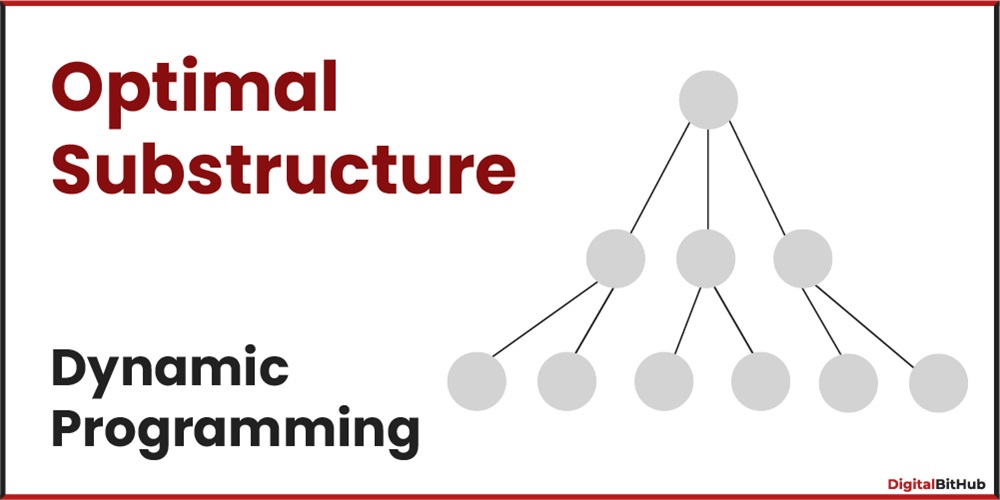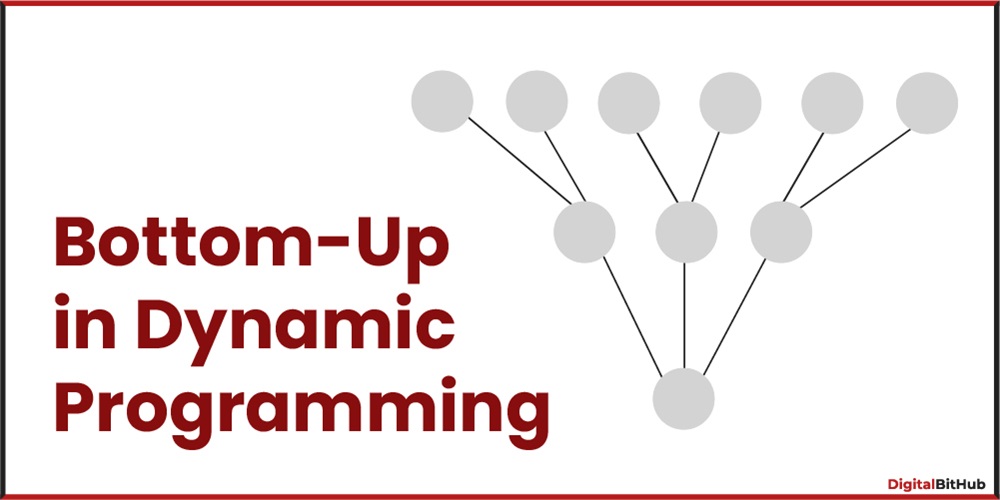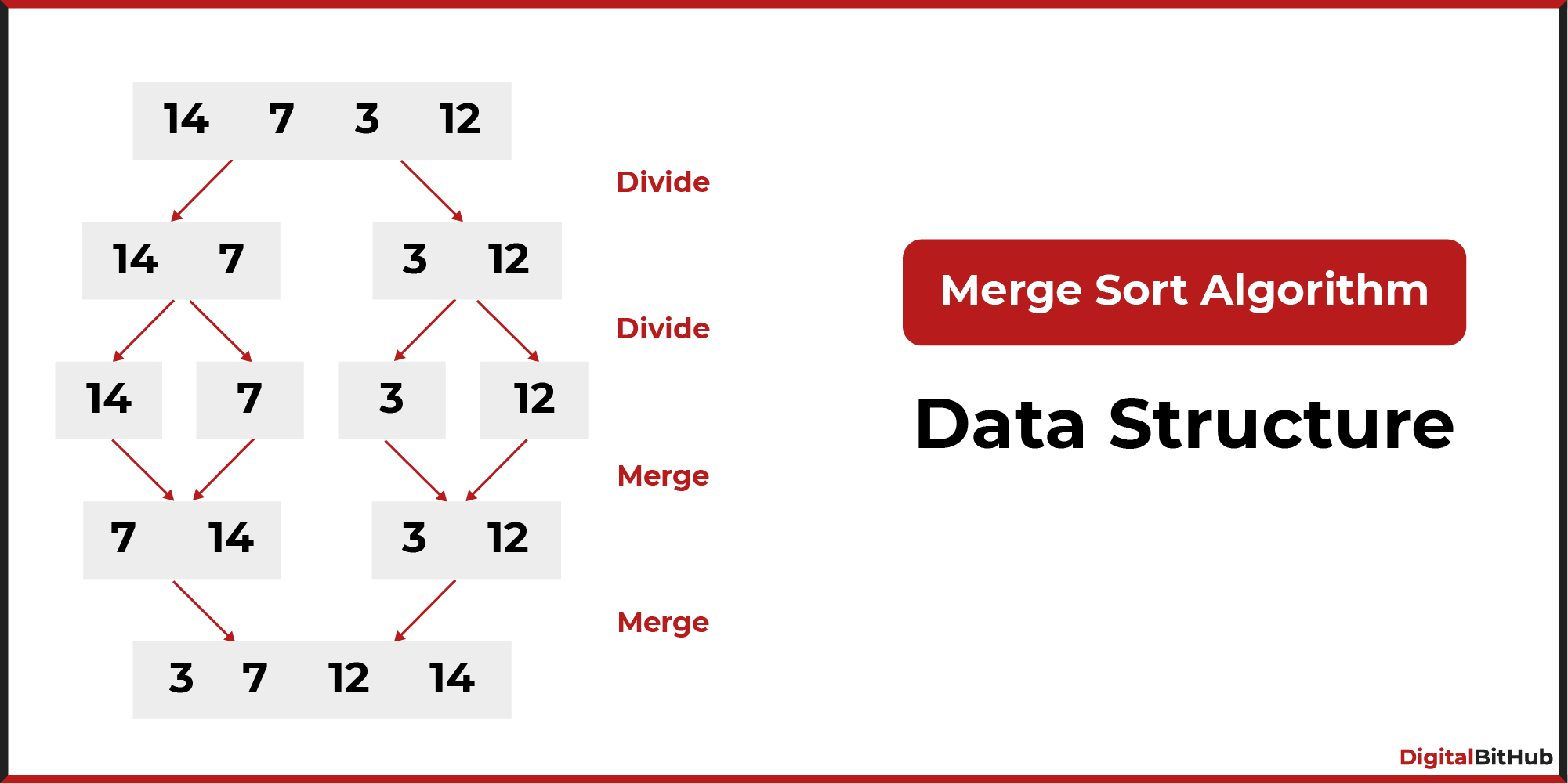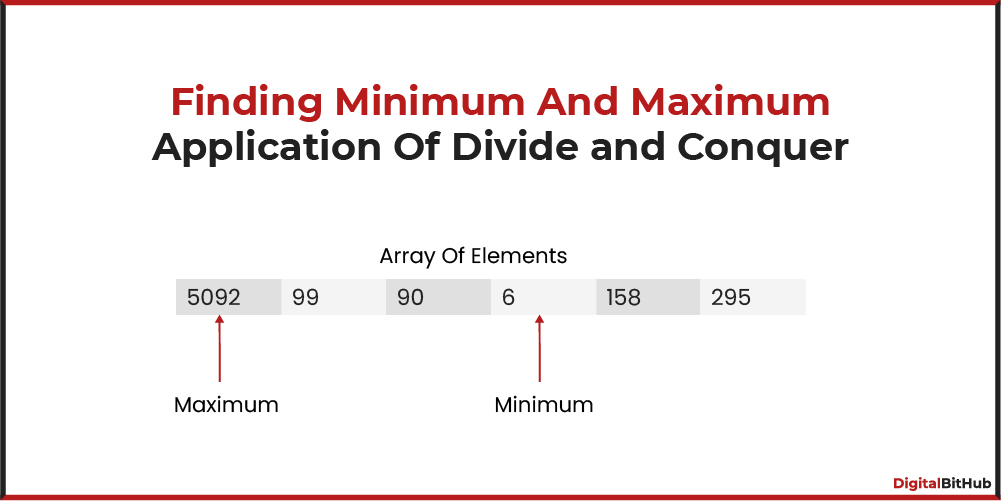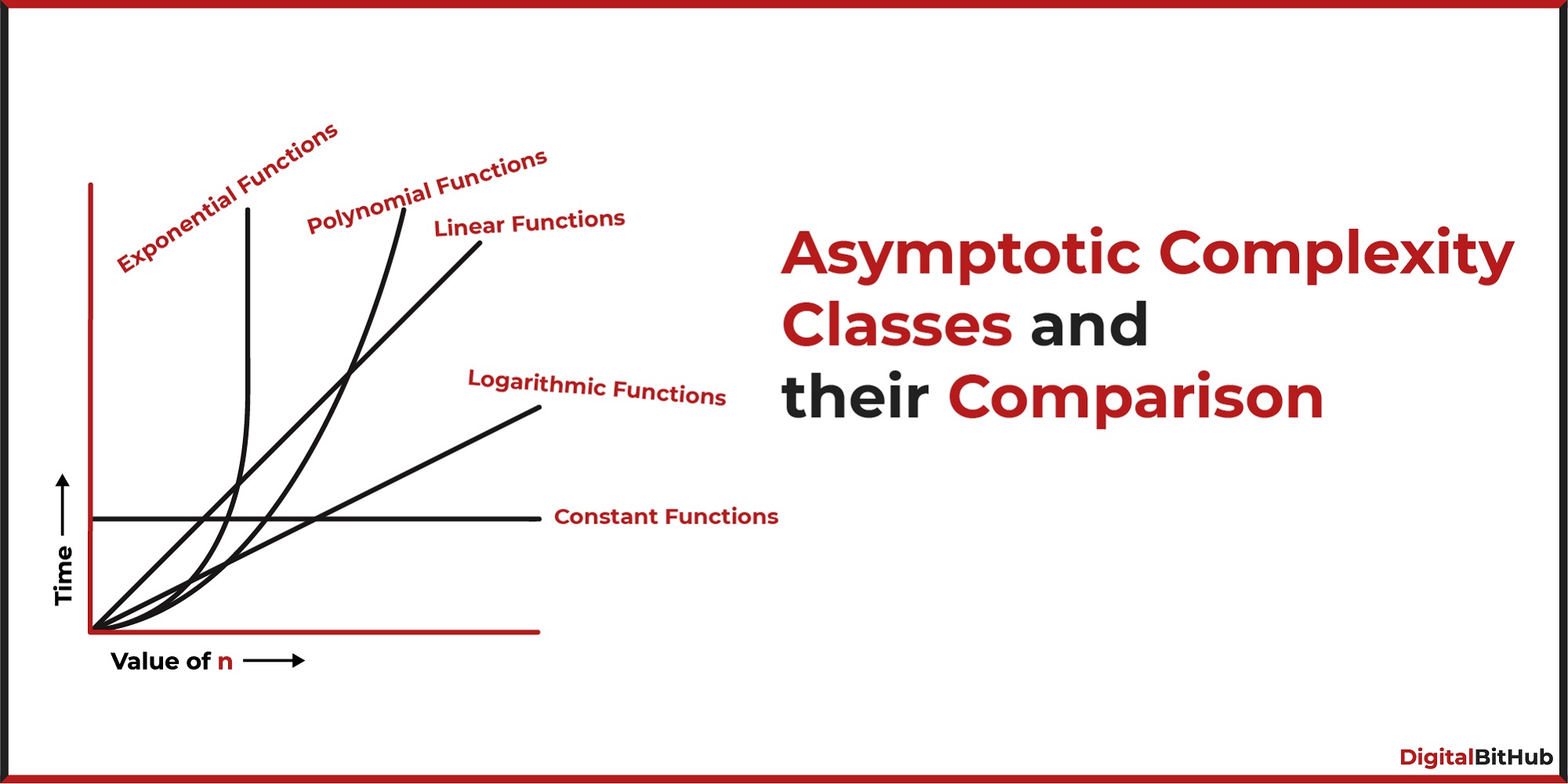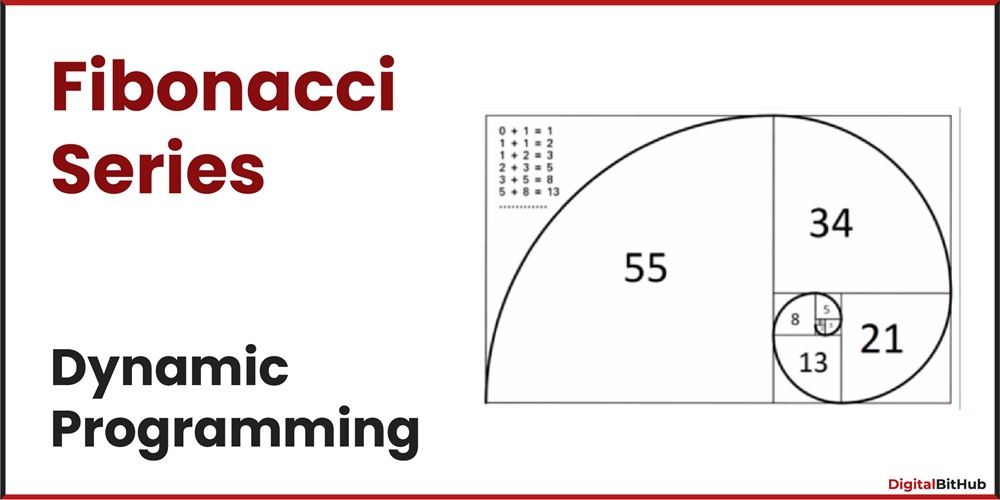In computing, memoization stands out as an optimization technique to enhance the speed of computer programs. This is achieved by storing the outcomes of expensive function calls to pure functions. When the same inputs are encountered, the cached result is returned, without recomputation.
Definition and Objectives
Memoization is a systematic technique that involves storing already calculated results to avoid unnecessary calculations when solving sub-problems. The term "memoization" is derived from the word "memo", which denotes the act of remembering. This approach ensures that if a particular sub-problem has been solved before, its solution is stored for future reference rather than having to be recomputed.
Implementation: A Step-by-Step Guide
Let's learn about the steps involved in implementing memorization:
1. Identify recurring subproblems:
Understand the problem at hand and identify sub-problems to be solved again and again.
2. Create a memoization table or cache:
Establish a data structure, often a table or a dictionary, to store solutions to sub-problems. It acts as a cache for quick access.
3. Check the memoization table before iteration:
Before solving a sub-problem, check the memoization table. If the solution already exists, retrieve it; Otherwise, proceed with the calculations.
4. Store results in-memory table:
After solving a sub-problem, store the result in a memoization table for future use.
Benefits of Memorization
The benefits of memorization run deep:
Reduction in Time Complexity:
By avoiding unnecessary calculations, memorization significantly reduces the algorithm's time complexity. Subproblems that have already been solved do not need to be recalculated.
Efficient handling of large inputs:
Memoization enables efficient handling of large inputs, making it particularly valuable in scenarios where exhaustive computation is impractical.
Let's illustrate the power of memorization through an excellent example:
Calculating Fibonacci Numbers
Traditional Recursive Approach
Consider a simple recursive approach to calculating the Fibonacci numbers:
def fibonacci(n):
if n <= 1:
return n
else:
return fibonacci(n-1) + fibonacci(n-2)
This recursive solution, while conceptually simple, leads to unnecessary calculations.
Memoized Dynamic Programming Approach
Now, let's extend it using memoization:
memo = {}
def fibonacci_memoized(n):
if n in memo:
return memo[n]
if n <= 1:
return n
else:
result = fibonacci_memoized(n-1) + fibonacci_memoized(n-2)
memo[n] = result
return result
With memoization, we store previously calculated Fibonacci numbers, eliminating unnecessary calculations and significantly improving efficiency.
Memorization beyond Fibonacci
While the Fibonacci example illustrates the power of memorization, its applications extend much further. Whether it is optimizing algorithms for sequence alignment in bioinformatics, parsing expressions in parsing algorithms, or solving complex optimization problems, memorization becomes a valuable aid.
Conclusion
Memoization, with its ability to eliminate redundant calculations and increase the efficiency of dynamic programming algorithms, stands as a cornerstone in algorithmic problem-solving.


